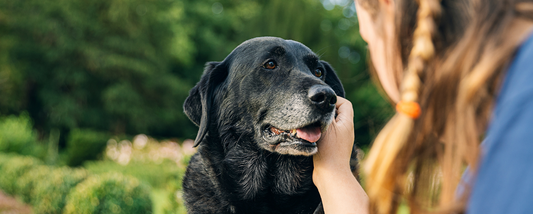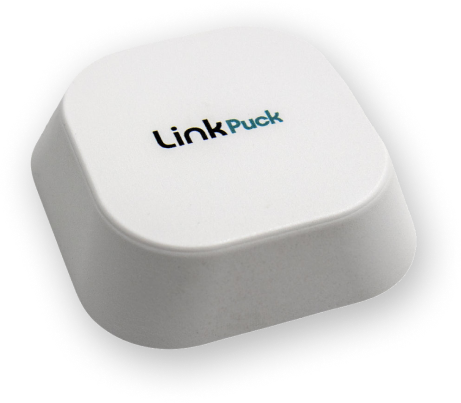Dogs come in all shapes and sizes, and so do their bathing needs. While giving your furry family member a bath is essential for their hygiene and overall health, it's important to strike the right balance. In this blog, we'll explore how often you should bathe your dog, considering their breed and lifestyle, and your personal preferences.
Why Bathing is Important
Bathing your dog is not just about keeping them clean and smelling fresh; it's also an important aspect of their overall health and wellbeing. Here are a few of the reasons why regular baths are necessary:
- Removes Dirt and Odors: Dogs love to explore and play, and they can quickly get dirty and smelly. Regular baths help remove dirt and odors, keeping your dog comfortable plus pleasant to have around you.
- Skin and Coat Health: Bathing can help maintain your dog's skin and coat health. It can prevent skin issues, such as dermatitis, and promote a shiny, healthy coat.
- Pest Control: Bathing can be an effective way to control and prevent external parasites like fleas and ticks.
-
Allergen Reduction: For households with allergy sufferers, bathing your dog can help reduce the amount of allergens in your home.
Factors to Consider
When deciding how often to bathe your dog, consider the following factors:
- Breed: Different breeds have different grooming needs. Dogs with thick or long coats may need more frequent baths, while short-haired breeds might require less.
- Lifestyle: A dog's daily activities play a significant role in how often you should bathe your dog. Active dogs that love to roll in mud or swim may need more frequent baths than less active ones who stay relatively clean in their day to day habits.
- Health Conditions: If your dog has skin conditions or allergies, your veterinarian may recommend a specific bathing frequency and possibly even medicated dog shampoo.
- Personal Preferences: Your preferences also matter. If you like your dog to stay fresh and clean, you might opt for more frequent baths. However, you should stay alert for signs that your dog is developing dry skin from being bathed too often.
General Guidelines
While it's essential to tailor your dog's bathing schedule to their specific needs, here are some general guidelines to get you started:
- Monthly Baths: For most dogs, a bath once a month is a good starting point. This helps maintain their hygiene without overdoing it. If you notice your pup licking or chewing their feet, try rinsing their paws off with warm water (no shampoo) and thoroughly drying.
- As Needed: If your dog gets particularly dirty, smelly, or has a run-in with something unpleasant, don't hesitate to give them a bath as needed.
- Brushing: Regular brushing can help keep your dog clean and remove loose hair. Depending on your dog's coat type, daily or weekly brushing can be very effective.
- Professional Grooming: Many breeds benefit from regular professional grooming, which includes bathing, a haircut, nail trimming, teeth brushing, and more.
The Bathing Process
When you do bathe your dog, make sure to use a dog-specific shampoo to avoid skin irritation. Here's a quick guide to the bathing process:
- Brush: Start by brushing your dog to remove loose hair and mats.
- Prepare: Place your dog in a tub or basin with a non-slip surface, and have all your bathing supplies ready. If your dog struggles to stay still or is nervous during baths, try sticking a lick mat to the shower wall with a tasty distraction.
- Wet and Lather: Wet your dog thoroughly with lukewarm water and gently lather the shampoo. Be cautious around the eyes, ears, and mouth.
- Rinse: Rinse your dog completely to remove all shampoo residue.
- Dry: Towel dry or use a low-heat blow dryer on a cool setting.
Bathing your dog is a vital part of their care, but it's not a one-size-fits-all situation. Take into account your dog's specific needs and preferences, and you'll find the right balance for a clean, healthy, and happy pup. Always consult your veterinarian for guidance, especially if your dog has specific skin or coat issues. With the right approach, you can keep your pup fresh, comfortable, and ready for more adventures.





